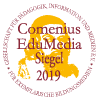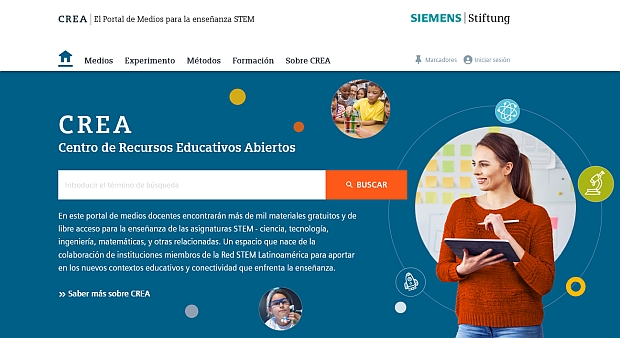High-voltage direct-current transmission (HVDC)
Image
Schematic diagram:
Schematic representation of the current conversion stages for high-voltage direct-current transmission (HVDC) from the production point to the medium-voltage grid of the local supply system.
Type of media:
Image (202.3 kByte)
Last update:
2018-07-13
License:

This medium is made available under a CC BY-SA 4.0 international license.
What does this mean?
How to reference this medium

This medium is made available under a CC BY-SA 4.0 international license.
What does this mean?
How to reference this medium
Description:
In order to be able to transmit electric power in the form of high-voltage direct current it must be transformed as well as rectified. After transmission it is converted back into alternating current with an inverter. Thyristors are used both as rectifiers and inverters. The photos show transformers and thyristors used in heavy current engineering.
High-voltage direct-current transmission (HVDC) can also be used to span overland routes (overhead lines) with a length of 1,000 km (about 600 miles) or more and undersea routes (submarine cables) from a length of 60 km (about 40 miles) upwards more economically than with alternating current. Direct current has the advantage over alternating current that it does not cause eddy currents and can thus make use of the full cross section of the cable. Heat losses are lower because of the lower resistance for the same cross-section.
Incidentally: Power losses with AC voltage are higher under water than in the air or underground because with deep sea cables it is not possible to use compensating elements (coils, capacitors) against inductive and capacitive losses.
Information and ideas:
What were used as rectifiers in the past?
Using the source: https://de.wikipedia.org/wiki/Hochspannungs-Gleichstrom-%C3%9Cbertragung
High-voltage direct-current transmission (HVDC) can also be used to span overland routes (overhead lines) with a length of 1,000 km (about 600 miles) or more and undersea routes (submarine cables) from a length of 60 km (about 40 miles) upwards more economically than with alternating current. Direct current has the advantage over alternating current that it does not cause eddy currents and can thus make use of the full cross section of the cable. Heat losses are lower because of the lower resistance for the same cross-section.
Incidentally: Power losses with AC voltage are higher under water than in the air or underground because with deep sea cables it is not possible to use compensating elements (coils, capacitors) against inductive and capacitive losses.
Information and ideas:
What were used as rectifiers in the past?
Using the source: https://de.wikipedia.org/wiki/Hochspannungs-Gleichstrom-%C3%9Cbertragung
Learning resource type:
Illustration
Subjects:
Geography; Physics; Technology
Grade levels:
Grade 10 to 13
School types:
Middle/high school; Vocational training
Keywords:
Chart; Energy supply; Physics; Efficiency; Electric power supply; Energy efficiency; Graphics; Power distribution
Bibliography:
Siemens Stiftung Media Portal
Author:
MediaHouse GmbH using material from: Khayman - Eigenes Werk, CC BY-SA 3.0, https://commons.wikimedia.org/w/index.php?curid=4682313 (Transformer; license: CC BY-SA 3.0), von Marshelec - Eigenes Werk, CC BY-SA 3.0, https://commons.wikimedia.org/w/index.php?curid=16585159 (Converter installation with tyristors; license: CC BY-SA 3.0)
Rights holder:
© Siemens Stiftung 2018



